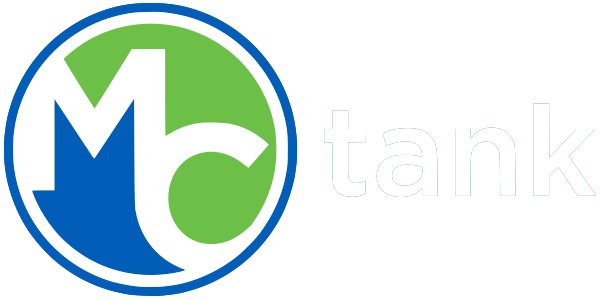Know the Rules for Eyewash Safety Stations
When an emergency happens, proper planning is crucial.
An approved emergency eyewash station can mean the difference between saving a worker's vision or a life of blindness.
Test your knowledge of best practices for eyewash and eyewash stations by answering True or False to the following, courtesy of the safety experts at W.W. Grainger, Inc.
- An eyewash flushing bottle counts as an OSHA compliant eyewash.
- There are no specific temperature requirements for flushing stations and cold water is better than warm water.
- Personal eyewash bottles have an expiration date and shouldn't be used past the date even if the factory seal under the cap remains unbroken.
Answers to the quiz
- Fasle. OSHA says an approved eyewash station must be able to simultaneously flush both eyes for 15 minutes with a minimum flow rate of 0.4 gallons per minute. Most eyewash flushing bottles are 16 or 32 ounce, and don't come anywhere near the 15-minute standard.
- False. Guidelines specify water temperature for emergency flushing be between 60 to 100 degrees Fahrenheit. Water below 60 degrees can cause hypothermia and inhibit the benefits of the eye flushing.
- True. The shelf life for most personal eyewash bottles is between two and three years from the date of manufacture. The expiration date will normally be printed on the bottle for easy identification. Expired bottles must be replaced.
